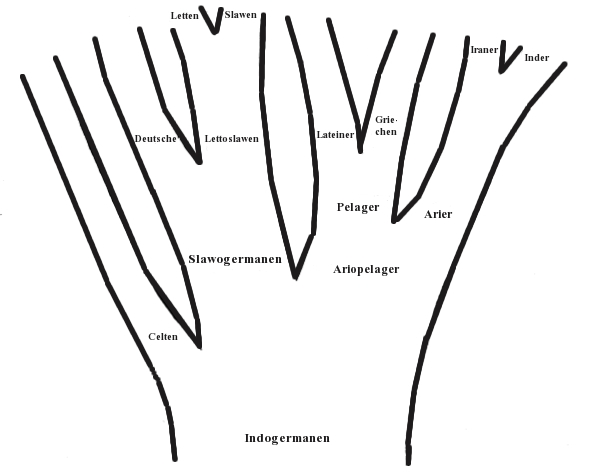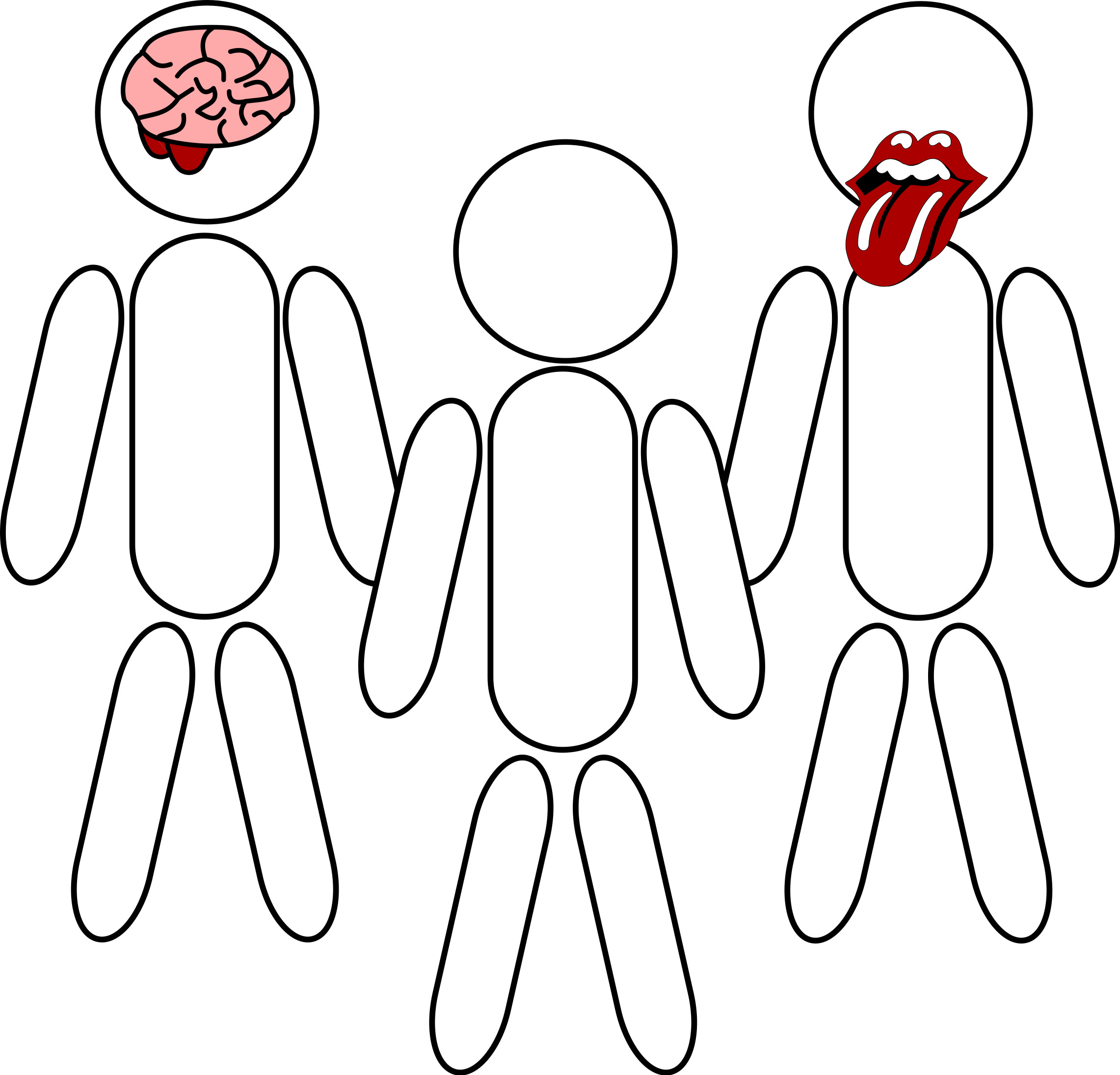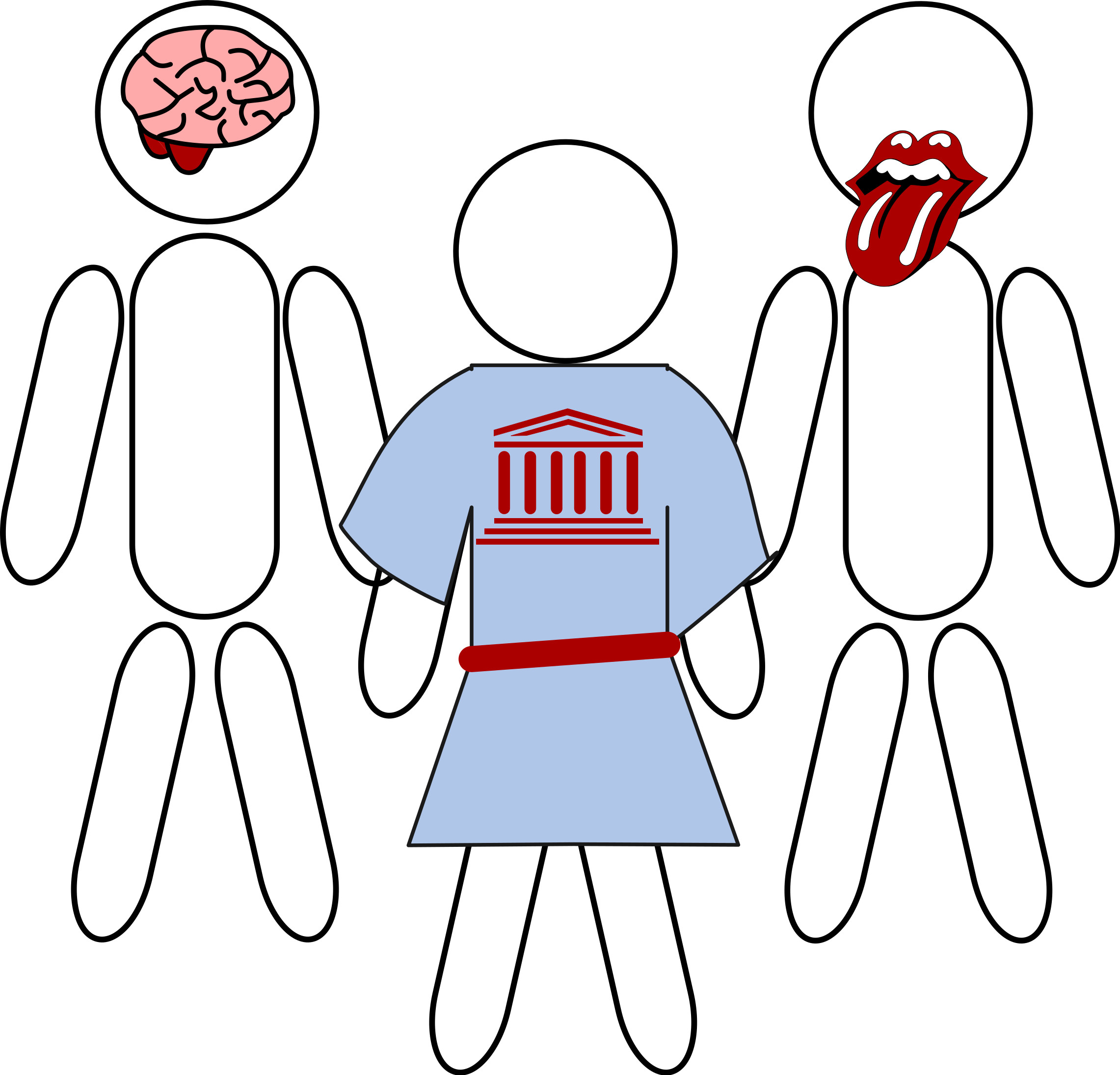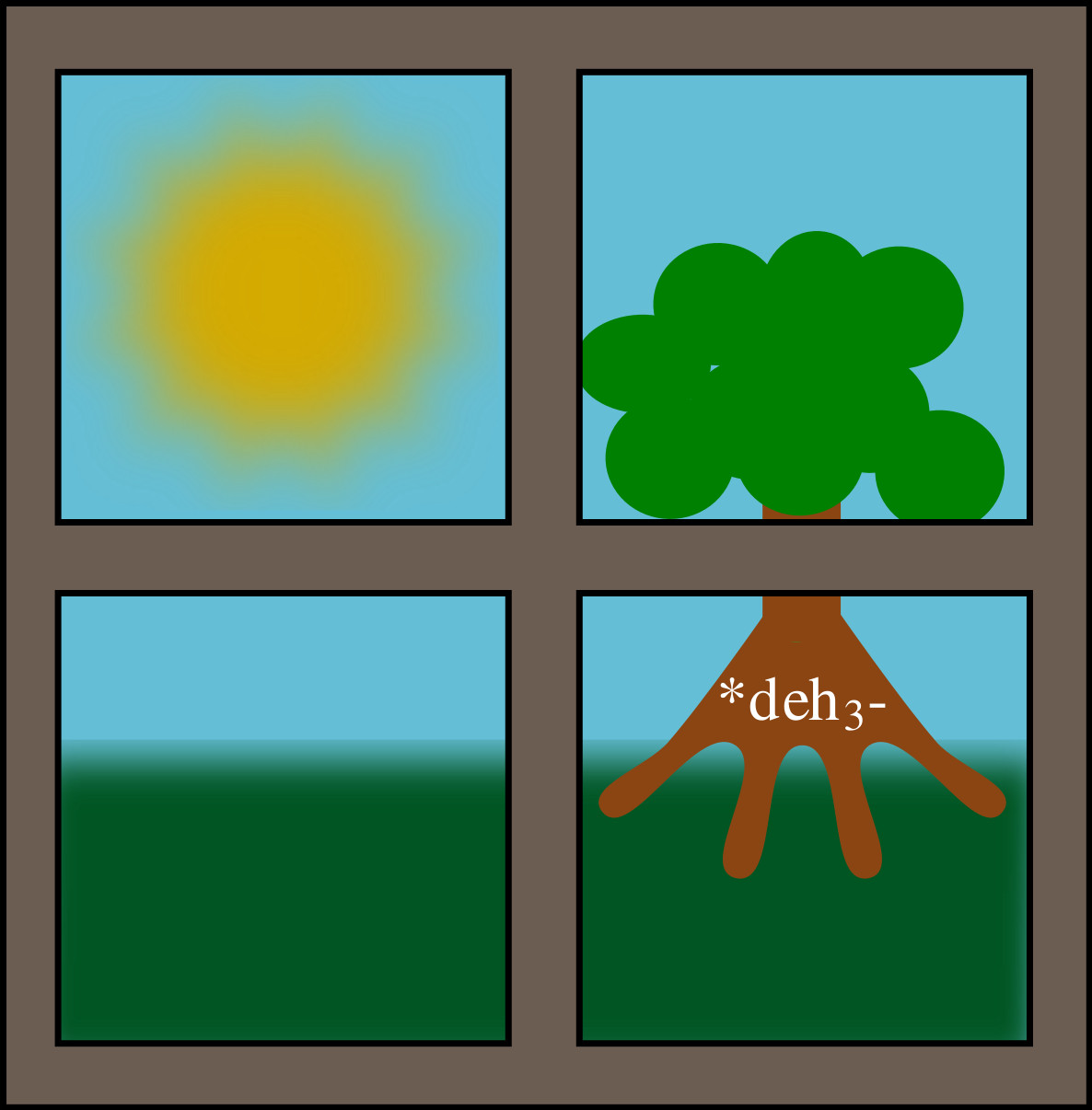Perception and Production of Poetry
An evolutionary perspective on the poetic function of language

Agenda 2017
- The Poetic Function of Language
- Poetry as Evidence
- Evolutionary Perspective on Poetry
The Poetic Function of Language

The Poetic Function of Language
Roman Jakobson

The Poetic Function of Language
Roman Jakobson

The Poetic Function of Language
Implications
If the way we express things is not only based on the message we want to transfer, but also on factors which are genuinely related to aesthetical factors, this means that we cannot study the development of languages without taking the poetic function of language into account. While a synchronic analysis of linguistic structures might do without taking the form of the message into account, a historical analysis can surely not do without it, since "poetic factors" may well be the source of certain linguistic developments (be they regular or sporadic).
Poetry as Evidence
Poetry as Evidence
Old Chinese Pronunciation
- Old Chinese (spoken around 1000 BC) pronunciation can only be inferred through means of linguistic reconstruction, since the Chinese characters give little hints on how the words were pronounced originally
- rhyming in ancient Chinese poems serves as main evidence regarding the pronunciation of syllable finals
- quantitative network analyses on ancient Chinese poetry can support traditional analyses which have been mainly based on manual inspection by scholars
Poetry as Evidence
Old Chinese Pronunciation

Poetry as Evidence
Old Chinese Pronunciation

Poetry as Evidence
Old Chinese Pronunciation

Poetry as Evidence
Old Chinese Pronunciation

Poetry as Evidence
Old Chinese Pronunciation
Poetry as Evidence
Development of Chinese
- poetic traditions in the history of Chinese are reflected for more than 3000 years of history
- many datasets are already digitized and thus amenable for quantitative investigations
- dynamic network approaches could help us to study both the development of the language and its varieties and the development of different traditions, thus enabling us to study the interacton of linguistic, cultural, and cognitive factors during the evolution of poetry in China
Evolution of Poetic Traditions

Evolution of Poetic Traditions
Interactions

Evolution of Poetic Traditions
Interactions

Evolution of Poetic Traditions
Interactions

Evolution of Poetic Traditions
Interactions

Evolution of Poetic Traditions
Interactions
- linguistic traditions are mostly vertically inherited by the generation of parent speakers, but wide-spread transfer of linguistic material through contact is also well-known in language history
- cultural traditions are easily spread also across linguistic boundaries under specific cultural settings
- cognitive factors are supposed to be universal among populations but we do not know to which degree first-language acquisition or external factors (where people live, in which climate, etc.) may influence the way we perceive the world
Evolution of Poetic Traditions
Questions
Rhyming is not universal among the world's poetic traditions.
- under which circumstances does rhyming freely evolve?
- once traditions of rhyming are established, how easily are they lost again? and how quickly do cultural factors (traditions of archaic rhyming, copying of the masters, etc.) start to influence them?
- if rhyming traditions have been freely developed, to which degree do rhymes accepted by a population conform to rules of linguistic (phonetic, phonological) similarity (or dissimilarity)?
Evolution of Poetic Traditions
Questions
Language structure most likely favors specific traditions of poetry, but so far, we do not know, what aspects of linguistic structure is tight to certain types of poetry.
- what kinds of lingustic structure can be shown to influcence poetic traditions?
- how does linguistic structure cope with traditions if poetry superimposed by another culture?
- under which circumstances do cognitive factors (e.g., comprehensibility or memoralizability of poetry) influence the emergence of poetic traditions
Evolution of Poetic Traditions
Methods
Quantitative historical linguistics offers a large arsenal of methods which could be used to
- quickly assemble data on poetic traditions
- quantify and model aspects of linguistic structure
- study data which has been assembled by testing models on co-evolution, inheritance, and lateral transfer of traditions in a unified framework
Evolution of Poetic Traditions
Methods
Assembling data for quantitative investigations (see List 2014 for an overview):
- methods for sequence comparison allow to test for linguistic similarity inside and across languages
- approaches for the linguistic modeling of sound sequences allow to measure linguistic structure
Evolution of Poetic Traditions
Methods
Quantify and model aspects of linguistic structure:
- we are currently developing methods to automatically derive language-specific models of phonotactic structures (syllable structure, sound inventories) from linguistic data
- we are working on standards to make linguistic data comparable across the languages of the world
- first approaches to the quantitative analysis of rhymes in Chinese poetry have been established and could be transferred to other language families
Evolution of Poetic Traditions
Methods
Analyse datasets to test the interaction of linguistic, cognitive, and cultural factors:
- frameworks for the combined analysis of different types of data are currently developed and tested at the MPI
- large datasets reflecting basic information on cultures and languages of the world are and have been assembled
Outlook

Outlook
- we are only beginning to understand how important poetic traditions are for the investigation of language history
- our tools and methods as well as our experience in dealing with cross-linguistic data should offer a solid baseline for initial investigations and further work
- we need to work harder in order to figure out the major research questions we want to address
- we need to work harder in order to understand what research has already been done and where our evolutionary perspective will provide added values
Outlook
All in all, we think that the evolutionary approach offers exciting new perspectives on the evolution of poetic traditions, not only with respect to certain languages and cultures, but also with respect to the underlying dynamics in a cross-linguistic and cross-cultural perspectives. But we are surely not there yet, and much work has to be done in order to settle our thoughts and to see how much can be gained from looking at poetry from the perspective of its development.
Thanks for Your Attention!
